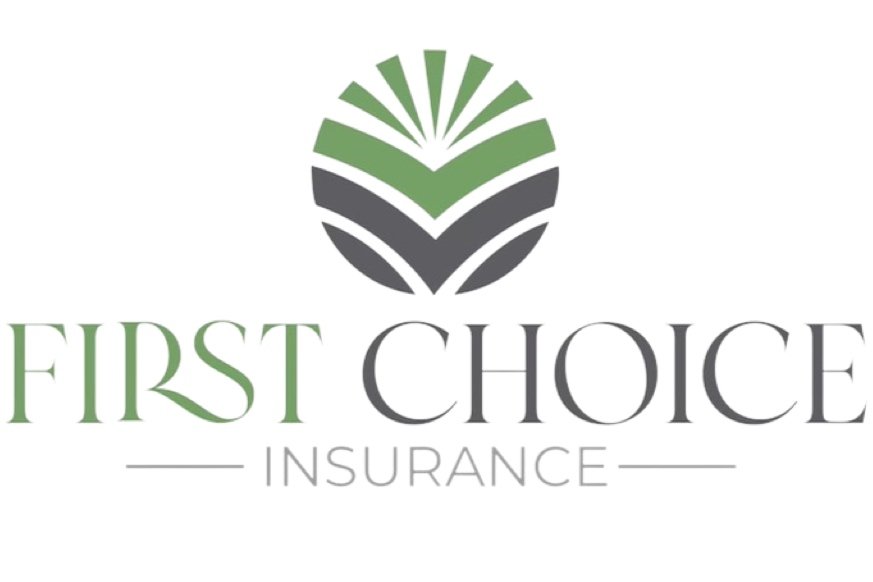
Livestock Risk Protection (LRP) Insurance
What is Livestock Risk Protection (LRP) insurance?
Livestock Risk Protection (LRP) insures against declining market prices (based on USDA’s Agricultural Market Service). LRP insurance is similar to a put option, allowing producers to establish a floor price for protection while leaving upside price potential open. Unlike market contracts and options, LRP does not require a margin account or broker, it is closer to the actual ending value of the livestock and is based on cash market index prices rather than the futures market. This federally sponsored program typically costs less than other options, is often perceived more favorably by lenders, and may provide additional benefits in terms of lending rates or loan availability.
LRP insurance protects your investment should prices drop before your livestock gets to market while preserving your upside potential.
Available for swine, fed cattle, feeder cattle and lamb
Coverage level options ranging from 70-100% of the expected ending market value of animals
Flexibility of number of head you can insure
Feeder Cattle – 12,000 head per endorsement/25,000 head annually
Fed Cattle – 12,000 head per endorsement/25,000 head annually
Swine – 70,000 head per endorsement/750,000 head annually
Coverage can be extended to unborn calves, including those operations with multiple entity structures
Recent LRP Insurance Policy Changes
USDA announced improvements to the Livestock Risk Protection (LRP) insurance program to make these policies more usable and affordable for livestock producers. Specifically, the changes made were to:
Increased head limits:
Fed Cattle: 12,000 head per endorsement and 25,000 head per crop year
Feeder Cattle: 12,000 head per endorsement and 25,000 head per crop year
Swine: 70,000 head per endorsement and 750,000 head per crop year
Allow an insured to have an LRP and Livestock Gross Margin (LGM) policy; however, an insured may not insure the same class of livestock with the same end month or have the same insured livestock insured under multiple policies.
Modify the premium offset language to allow an insured the choice to receive indemnities without a reduction to offset premium on any endorsements that have not ended.
Clarify head limits are tracked by substantial beneficial interest (SBI).
Extend the termination date from June 30 to August 31.
Require proof of ownership before indemnity is issued.
Clarify that livestock must be marketable by the end of the Supplemental Coverage Endorsement (SCE).
Require insurance companies to pay indemnities within 30 days. Previously, insurance companies had 60 days to pay indemnities following the receipt of the claim form.
Allow unborn swine coverage for operations with multiply entity structures.
Modify the endorsement length for swine to a minimum of 30 weeks for unborn swine and a maximum of 30 weeks for all other swine.
